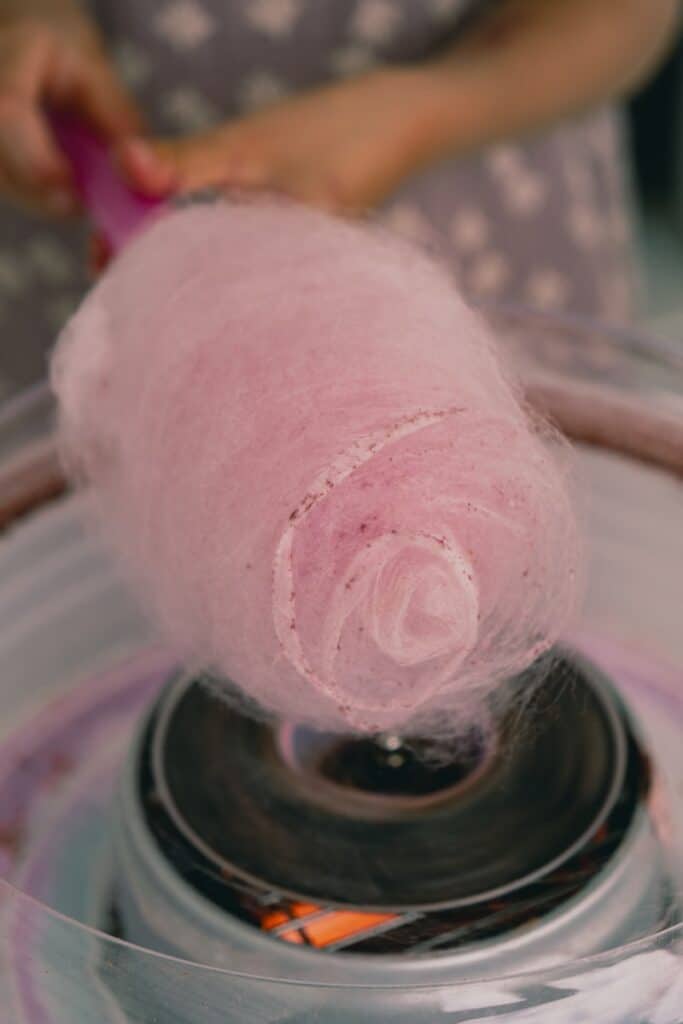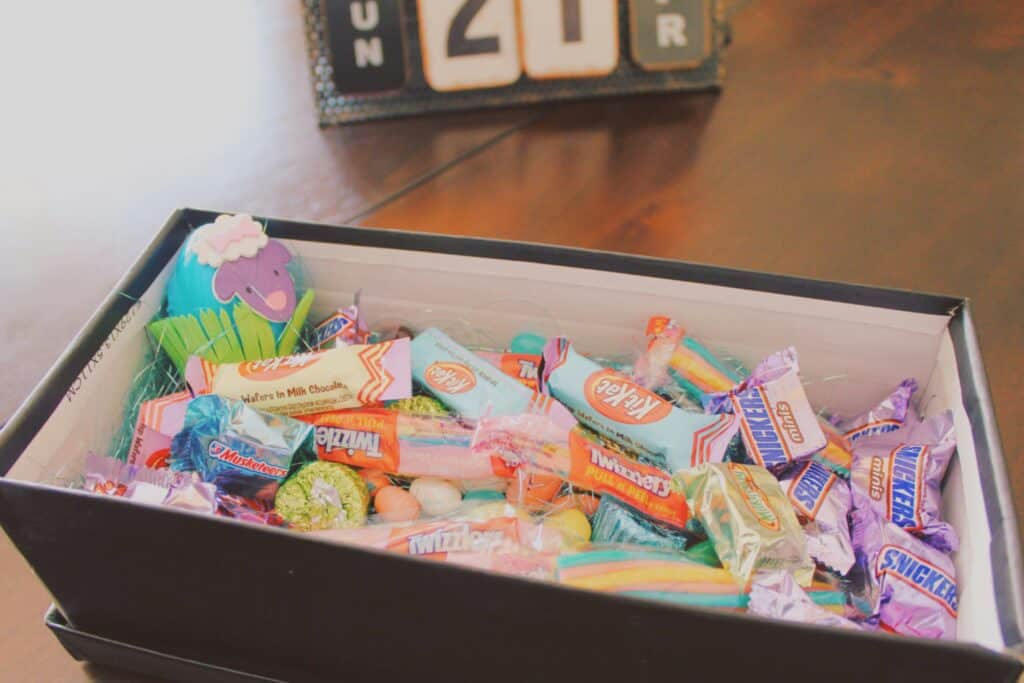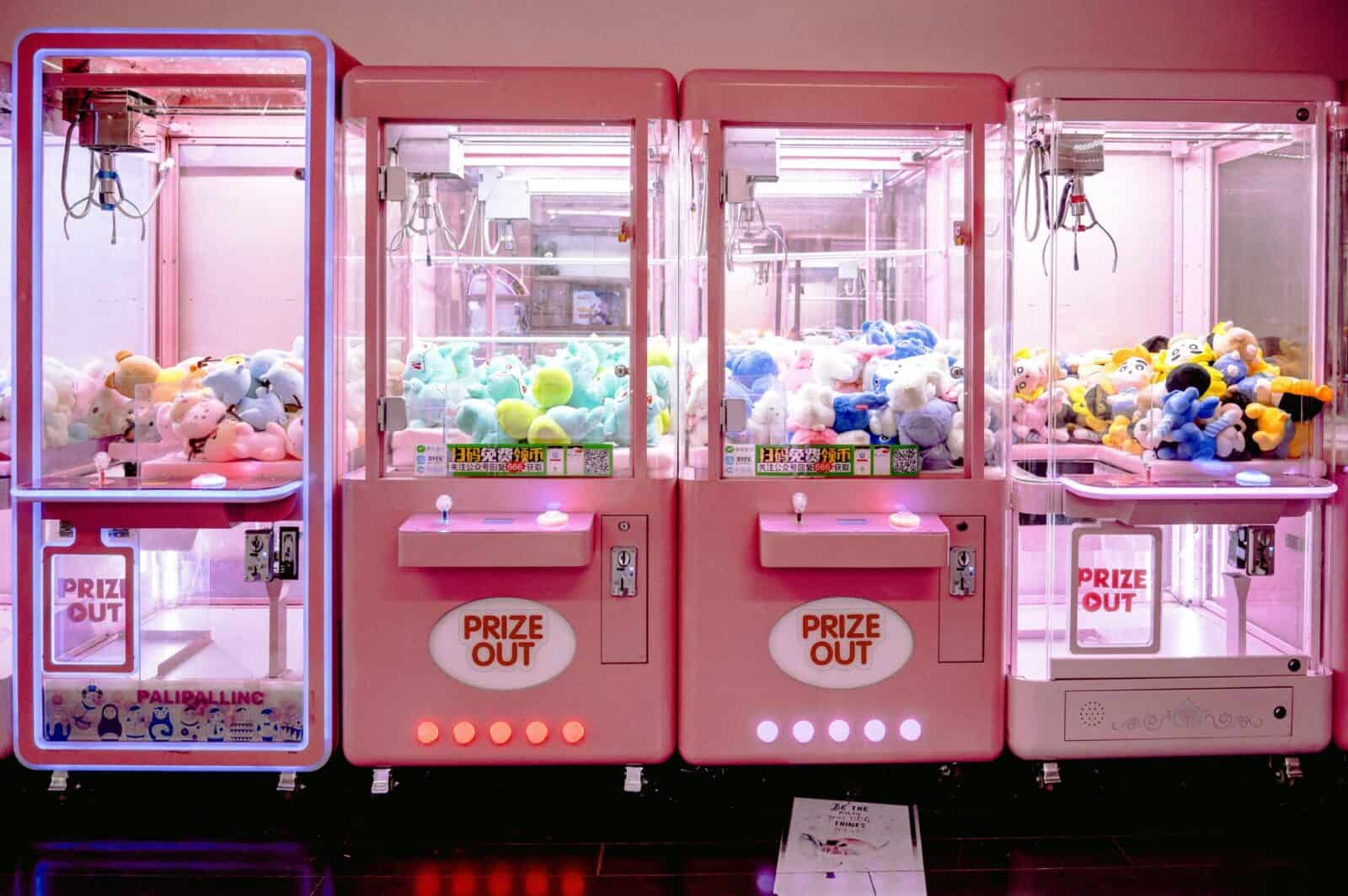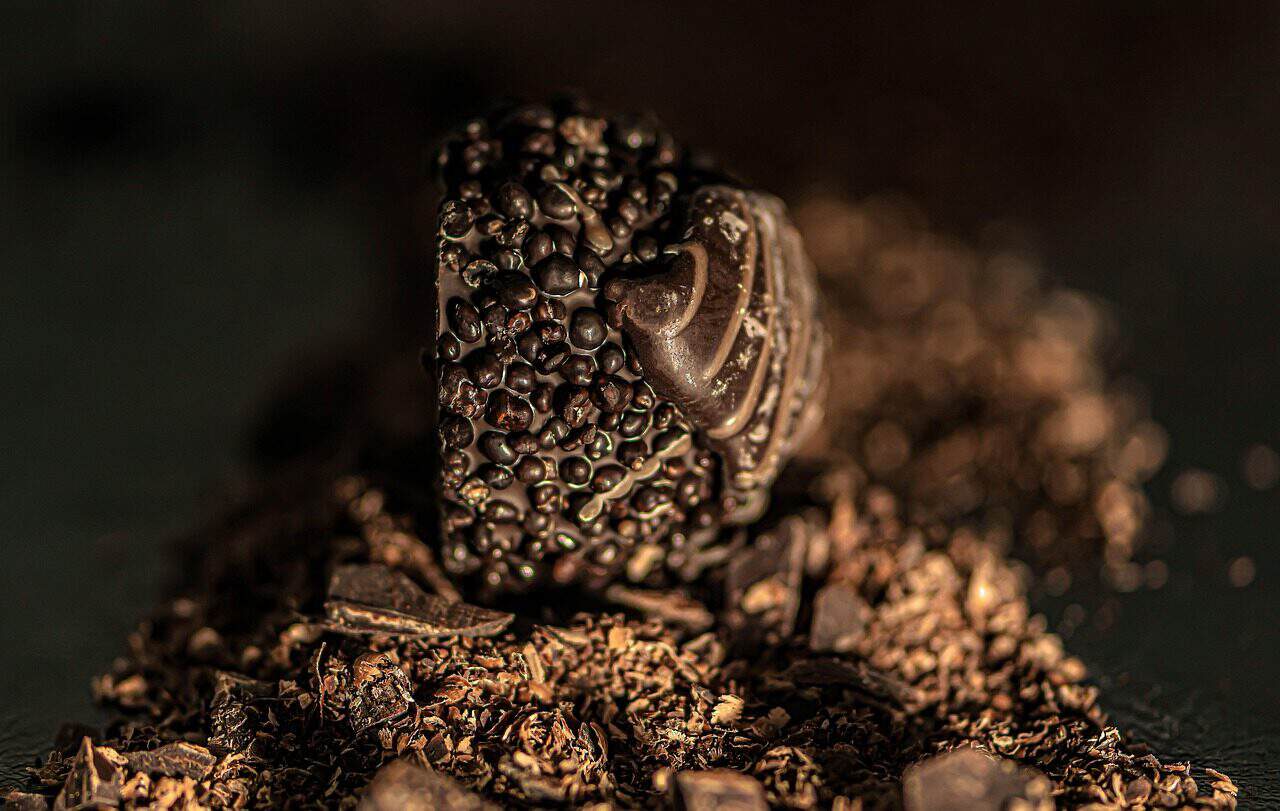The Best Guide on How to Clean a Cotton Candy Machine Efficiently
Introduction to Machine Cleaning
Cleaning a cotton candy machine is essential for producing high-quality cotton candy and maintaining the machine’s longevity. Cotton candy has been enjoyed for decades, making proper cleaning practices important to ensure its continued popularity and safety.
Regular cleaning prevents sugar buildup and ensures optimal performance of the cotton candy machine, helping to fulfill safety and quality standards.
A clean cotton candy machine is crucial for food safety and preventing the growth of bacteria.
Proper cleaning and maintenance can extend the life of your cotton candy machine and reduce the need for repairs. It is also important to correctly install all machine components before use to ensure safe and efficient operation.
Understanding how to clean a cotton candy machine is vital for businesses and individuals making cotton candy, as it is essential for the safe and effective operation of the machine.
Preparation and Safety
Before cleaning the cotton candy machine, always unplug the machine from the power source to ensure safety. Check the power source and make sure the machine is fully disconnected before proceeding.
Remove all the components, including the floss head cover, by loosening and removing screws and wing nuts, and cover the wires to protect them from damage. Carefully lift the side walls and other parts during disassembly to avoid injury or damage.
Wear protective gear, such as gloves, to prevent injury from hot surfaces or sharp edges. If any parts are stuck, use a tool to gently tap screws or glue to loosen them.
Refer to the user manual for specific instructions on disassembling the machine and cleaning each part. When disassembling, disconnect the terminal ends that connect the wiring to the heating elements. Separate the heater coils from the side walls for thorough cleaning. You may need to turn or turn over components as needed during disassembly. For some parts, turning them upside down can help you access internal components.
Take necessary security measures to prevent accidents and ensure a safe working environment. Here are some tips for safe and effective cleaning and disassembly.
Required Tools and Cleaning Supplies
To keep your cotton candy machine running smoothly and producing high quality cotton candy, having the right tools and cleaning supplies on hand is essential. Proper cleaning not only maintains optimal performance but also extends the life of all the components, from the floss head to the heater coils. Here’s what you’ll need for effective cleaning and maintenance:
- Soft-bristled toothbrush or nylon brush: Perfect for gently scrubbing the floss head, spinning head, and other small parts, helping to remove any sugar buildup or debris from hard-to-reach areas.
- Hot water: Essential for soaking and loosening stubborn sugar residue on the floss head cover, side walls, heater coils, and other removable parts. Soaking makes it easier to clean without damaging the machine.
- Wrench or socket set: Useful for removing wing nuts, lock washers, and steer washers, allowing you to safely detach and clean each component.
- 7mm nut driver: Ideal for detaching the floss head cover and other parts that require precise removal, ensuring you don’t over tighten or strip the nuts during reassembly.
- Plastic holding washers: These help protect delicate parts during cleaning and reassembly, maintaining the integrity of your cotton candy machine.
- Clean, dry cloth: After cleaning, use a soft cloth to wipe down all surfaces and remove any remaining moisture, which helps prevent rust and corrosion.
- Maintenance log: Keeping a record of your cleaning and maintenance schedule ensures you never miss a deep cleaning session and helps track the machine’s performance over time.
- Safety gear: Gloves and eye protection are recommended to safeguard against hot water, cleaning solutions, or sharp edges while cleaning.
- High-quality cleaning products: Use mild detergents or specialized deep cleaning solutions to remove sugar and grime without causing permanent damage to the machine’s components.
- Instructional resources: A video guide or detailed instructions, such as those provided for the VEVOR cotton candy machine, can help you follow the correct cleaning procedures and avoid common mistakes.
- Floss sugar and supplies: Keep your floss sugar, flavorings, and colorings ready for making cotton candy after cleaning, ensuring you’re always prepared for your next batch.
- Stable workspace: Set up a secure area for cleaning and maintenance to minimize the risk of damage or injury during the process.
- Contact information: Have the manufacturer’s contact details or a qualified technician’s number handy in case you encounter issues or need replacement parts.
- Terminal cleaner and voltage tester: These tools help you safely clean the terminal post and check the machine’s electrical safety before and after cleaning.
- Brush unit cleaner: Regularly maintain the brush unit to prevent blockages and ensure the machine operates efficiently.
By assembling these tools and supplies before you begin, you’ll streamline the cleaning process and protect your cotton candy machine from unnecessary wear and tear. Regular maintenance and deep cleaning, combined with proper documentation and safety precautions, will help you consistently produce a high quality product and extend the life of your machine. Always refer to your manufacturer’s instructions for specific cleaning recommendations and never hesitate to póngase en contacto con support if you have questions about your cotton candy machine’s care.
Cotton Candy Machine Cleaning and Maintenance Tools
| Tool/Supply | Propósito |
| Soft-bristled toothbrush or nylon brush | Scrubbing the floss head, spinning head, and small crevices to remove sugar buildup. |
| Hot water | Soaking and loosening stubborn sugar residue from removable parts like the floss head cover, side walls, and heater coils. |
| Wrench or socket set | Removing wing nuts, lock washers, and steer washers to safely detach components. |
| 7mm nut driver | Detaching the floss head cover and other parts that require precise removal. |
| Plastic holding washers | Protecting delicate parts during the cleaning and reassembly process. |
| Clean, dry cloth | Wiping down all surfaces to remove moisture and prevent rust and corrosion. |
| Safety gear (gloves, eye protection) | Protecting against hot water, cleaning solutions, or sharp edges. |
| Mild detergents or cleaning solutions | Deep cleaning to remove sugar and grime without damaging the machine’s components. |
| Terminal cleaner and voltage tester | Safely cleaning the terminal post and checking the machine’s electrical safety. |
| Brush unit cleaner | Maintaining the brush unit to prevent blockages and ensure efficient operation. |
Initial Cleaning Steps
- Start by removing all the sugar and debris from the machine, including the spinning head and floss head. After this, briefly run the machine at high temperature to melt any hardened sugar, making it easier to clean the internal parts.
- Use hot water to soak and clean the components, such as the plastic holding washer and wing nuts. The spinning head can help spin off any loose sugar during cleaning.
- Make sure all sugar and debris are removed from all parts before soaking.
- Use a toothbrush to gently remove any blocked or stubborn sugar from the small crevices.
- Dry all the components thoroughly to prevent rust or corrosion.
- Reassemble the machine in reverse order, ensuring all parts are securely attached.

Maintenance and Deep Clean
- Perform a deep clean of the cotton candy machine regularly to remove all the sugar and debris that can accumulate. Brown sugar residue should be cleaned promptly to prevent buildup.
- Use a brush unit to clean the heater coils and heating element, ensuring optimal performance. As part of regular deep cleaning, check and maintain the motor to ensure it is spinning the head properly and troubleshoot any issues.
- Soak the components in hot water to loosen any stubborn sugar or debris.
- Use a wrench or screwdriver to remove any stubborn parts, such as the steer washer or lock washers. Ensure all removed parts are cleaned thoroughly before reassembly.
- Replace any damaged or worn-out parts to prevent permanent damage to the machine.
Cotton Candy Production and Machine Testing
- After cleaning and maintaining the cotton candy machine, test it to ensure it’s working properly.
- Make sure to follow the instructions for making cotton candy, including using the right amount of floss sugar.
- Monitor the machine’s performance and adjust the voltage or heat as needed to produce high-quality cotton candy.
- Keep a log of the machine’s maintenance and performance to identify any issues or areas for improvement.
- Regularly clean and maintain the machine to ensure it continues to produce high-quality cotton candy.
Conclusion and Best Practices for Efficiency
- Cleaning and maintaining a cotton candy machine is crucial for producing high-quality cotton candy and ensuring the machine’s longevity.
- Follow proper safety precautions and instructions for cleaning and maintaining the machine.
- Regularly perform deep cleaning and maintenance to prevent sugar buildup and ensure optimal performance.
- Use the right tools and equipment, such as a toothbrush or wrench, to clean and maintain the machine.
- Refer to the user manual or contact the manufacturer for any questions or concerns about cleaning and maintaining the cotton candy machine.
Aplicaciones e industrias comunes
Algodón caramelo machines are widely used across various settings and industries due to their ability to quickly produce a high-quality product that delights customers of all ages. Some of the most common applications include:
- Carnivals and Fairs: Cotton candy is a classic treat at outdoor events, making these machines essential for vendors.
- Amusement Parks: These machines help provide a fun and nostalgic snack option for park visitors.
- Birthday Parties and Celebrations: Portable cotton candy machines are popular for entertaining guests at private events.
- Festivals and Sports Events: Cotton candy machines serve large crowds efficiently, offering a sweet treat during festivities.
- Retail and Food Service: Some businesses incorporate máquinas de algodón de azúcar as part of their dessert offerings or promotional activities.
- Fundraising Events: Easy to operate and popular, cotton candy machines are often used to raise funds at school or community events.
The versatility and ease of use of cotton candy machines make them a valuable asset in any setting where quick, tasty, and visually appealing treats are desired.
Tendencias futuras
As technology advances, the future of cotton candy machines is poised to become even more efficient and user-friendly. Innovations may include automated cleaning systems that reduce the time and effort required to maintain the machine, helping to prevent sugar buildup and ensuring consistent hygiene. Additionally, smart sensors could monitor the machine’s performance in real-time, alerting operators to maintenance needs or potential issues before they affect production. Environmentally friendly designs using energy-efficient motors and sustainable materials are also likely to gain popularity, aligning with growing consumer demand for eco-conscious products. Furthermore, customization features might allow users to experiment with new sabores y colores more easily, enhancing the appeal of cotton candy in various settings. Staying informed about these trends can help businesses and individuals optimize their cotton candy production and maintenance routines, ensuring they remain competitive and efficient in the evolving market.
Recommended Authoritative Sources for Cotton Candy Machine Cleaning
here are some authoritative links and resources for cotton candy machine cleaning:
Equipment Manufacturer Guides:
- VEVOR Blog: “How to Clean a Cotton Candy Machine In 4 Simple Steps” – This provides detailed step-by-step cleaning instructions from a major equipment manufacturer How to Clean a Cotton Candy Machine In 4 Simple Steps – VEVOR Blog
- Gold Medal Products Co.: Official video guide on setup, use, and cleaning for their 3015 Cotton Candy Machine, covering safety precautions, operating process, and cleaning instructions How to Setup, Use and Clean the 3015 Cotton Candy Machine – Gold Medal Products Co.
- Nostalgia official manual for the PCM306PK Cotton Candy Machine with specific cleaning steps including unplugging, cooling, removing components, and washing procedures How do I clean the Nostalgia PCM306PK Cotton Candy Machine? (Nostalgia PCM306PK Cotton Candy Machine Instruction Manual)
Professional Food Service Resources:
- Culinary Depot: Professional guide on properly cleaning commercial cotton candy machines used in stadiums, concession stands, and amusement parks How to Properly Clean Candy Machine – Culinary Depot
- D&R Machinery Blog: Commercial-focused cleaning guide specifically based on the Robojet Floss cotton candy machine with maintenance schedules and troubleshooting How to Clean a Cotton Candy Machine | D&R Machinery Blog
These sources provide authoritative information from actual equipment manufacturers and professional food service suppliers, offering reliable cleaning and maintenance guidance for both commercial and home use cotton candy machines.
FAQ – Cleaning a Cotton Candy Machine
1. How often should I clean a cotton candy machine?
You should perform a light cleaning after every use and a deep cleaning after every major event or heavy production session. Regular cleaning prevents sugar buildup and extends the machine’s lifespan.
2. Can I clean a cotton candy machine while it’s still hot?
No. Always unplug the machine and allow it to cool completely before cleaning. Cleaning a hot machine can cause burns, damage components, or crack plastic parts.
3. What parts of the cotton candy machine should be removed for cleaning?
Typically, you should remove the bowl, floss head cover, spinning head, side walls, wing nuts, and plastic holding washers. Always consult your machine’s manual for specific disassembly instructions.
4. What tools do I need to clean a cotton candy machine properly?
Common tools include a soft brush, toothbrush, hot water, mild detergent, wrench or socket set, 7mm nut driver, cleaning cloths, and gloves. These help remove sugar and protect machine components.
5. What type of cleaning solution should I use?
Use mild dish soap or a gentle cleaning solution. Avoid abrasive cleaners or strong chemicals that may damage the metal or plastic components of the machine.
6. Why is sugar buildup dangerous?
Sugar buildup can cause:
Uneven heating
Machine vibration
Reduced cotton candy output
Burning smells
Long-term damage to heating coils
Regular removal prevents performance issues and safety hazards.
7. Can I soak the floss head in water?
Yes, most floss heads can be soaked in hot water to loosen hardened sugar. However, never submerge electrical components. Always verify with the manufacturer manual.
8. Why does my cotton candy machine vibrate after cleaning?
This usually means:
Parts are not reassembled correctly
Screws or wing nuts are loose
The spinning head is not balanced
Some internal sugar residue remains
Double-check all connections and ensure the head spins freely before use.
9. How do I clean the heating element safely?
Use a soft brush or brush-unit cleaner to remove debris. Do no use water directly on heating coils or electrical connections. A voltage tester can help verify system safety.
10. Can improper cleaning affect the flavor of cotton candy?
Yes. Leftover sugar or burnt residue can mix with new batches, changing the flavor, color, and consistency of the cotton candy.









